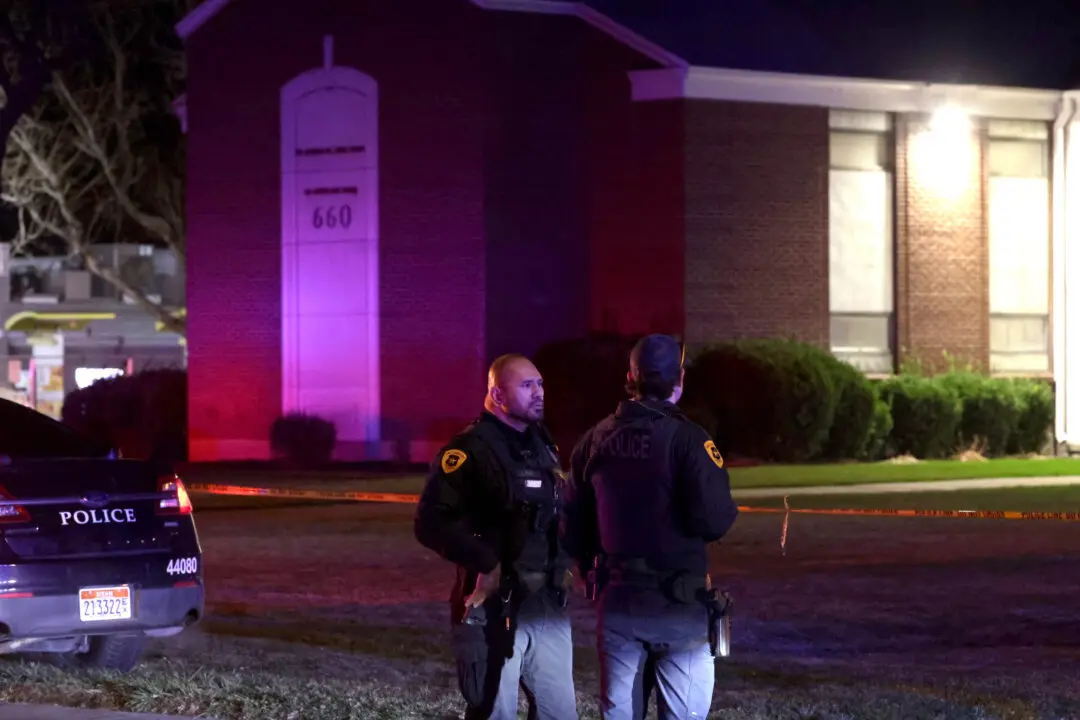TAIPEI, Taiwan—With record numbers of military flights near Taiwan over the last week, China has been showing a new intensity and military sophistication as it steps up its harassment of the island it claims as its own and asserts its territorial ambitions in the region.
China’s People’s Liberation Army flew 56 planes off the southwest coast of Taiwan on Monday, setting a new record and capping four days of sustained pressure involving 149 flights. All were in international airspace, but prompted Taiwanese defense forces to scramble in response and raised fears that any misstep could provoke an unintended escalation.





